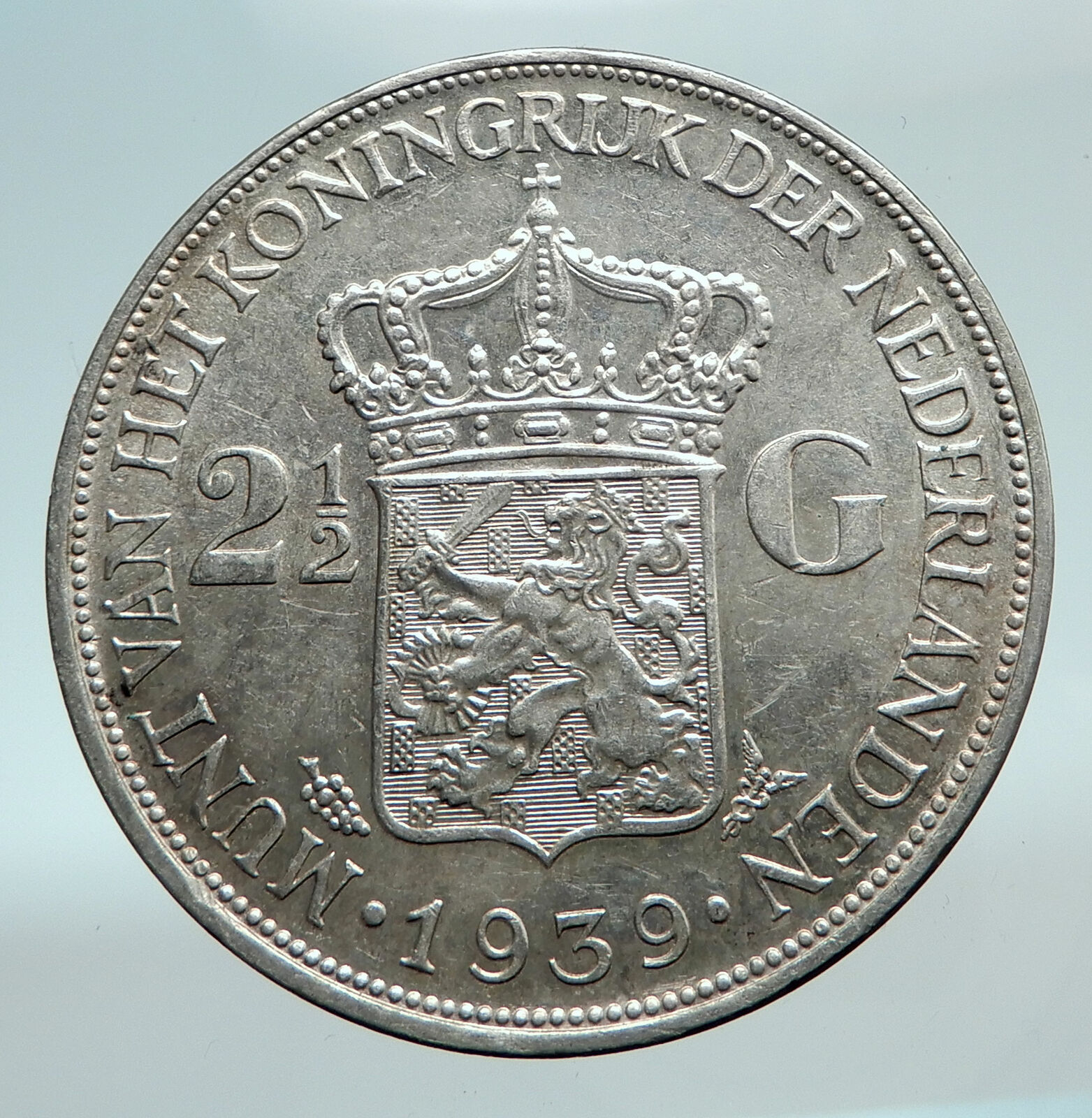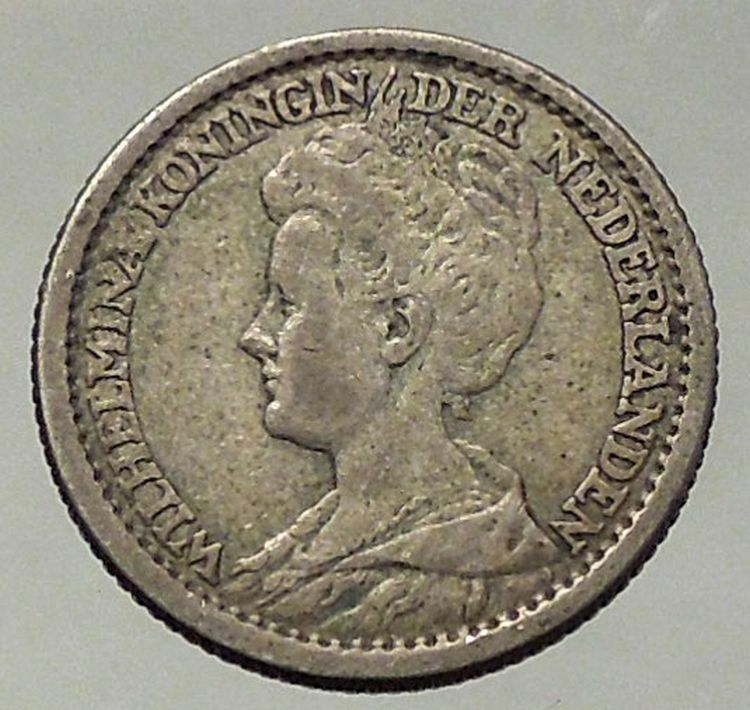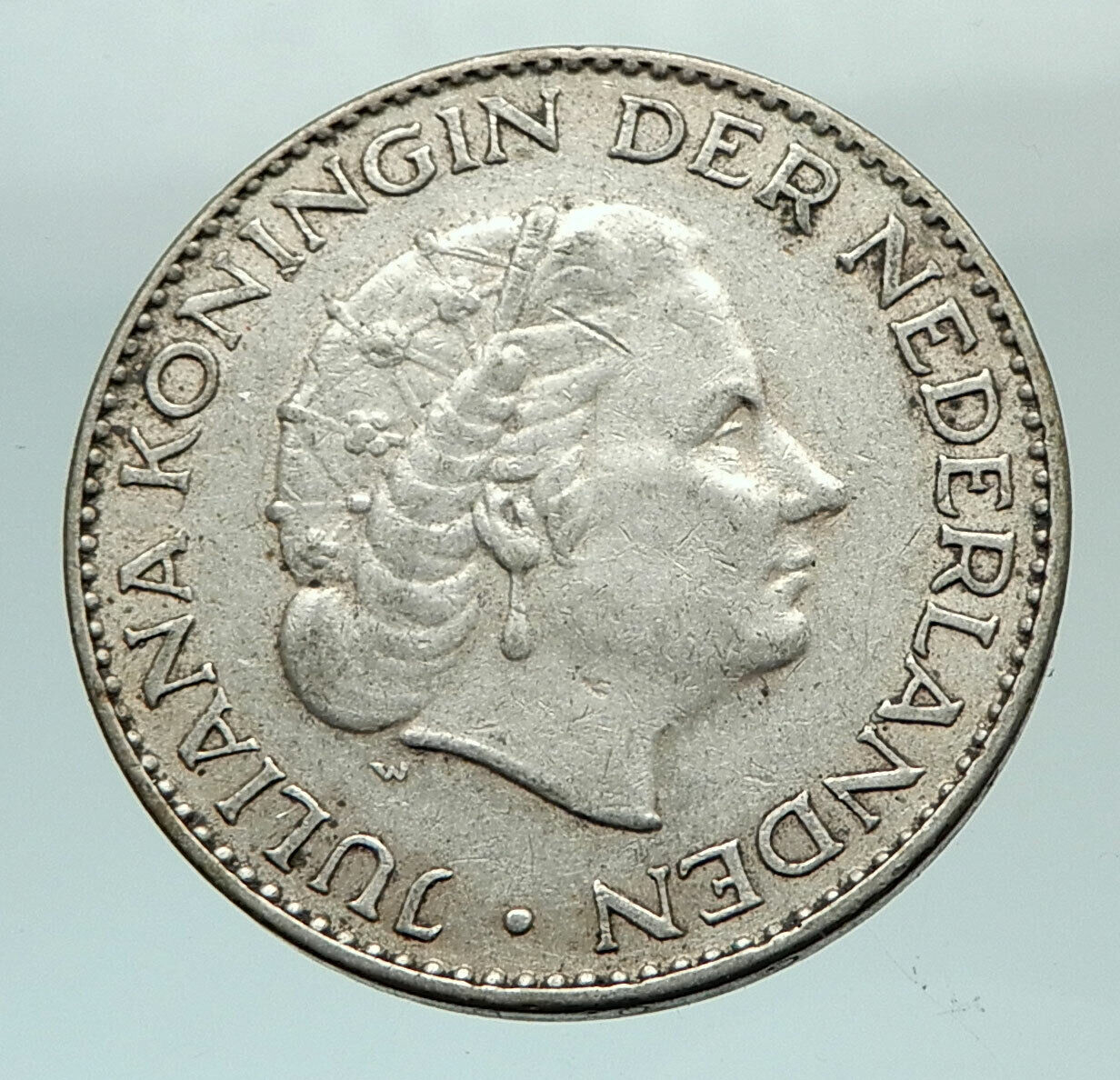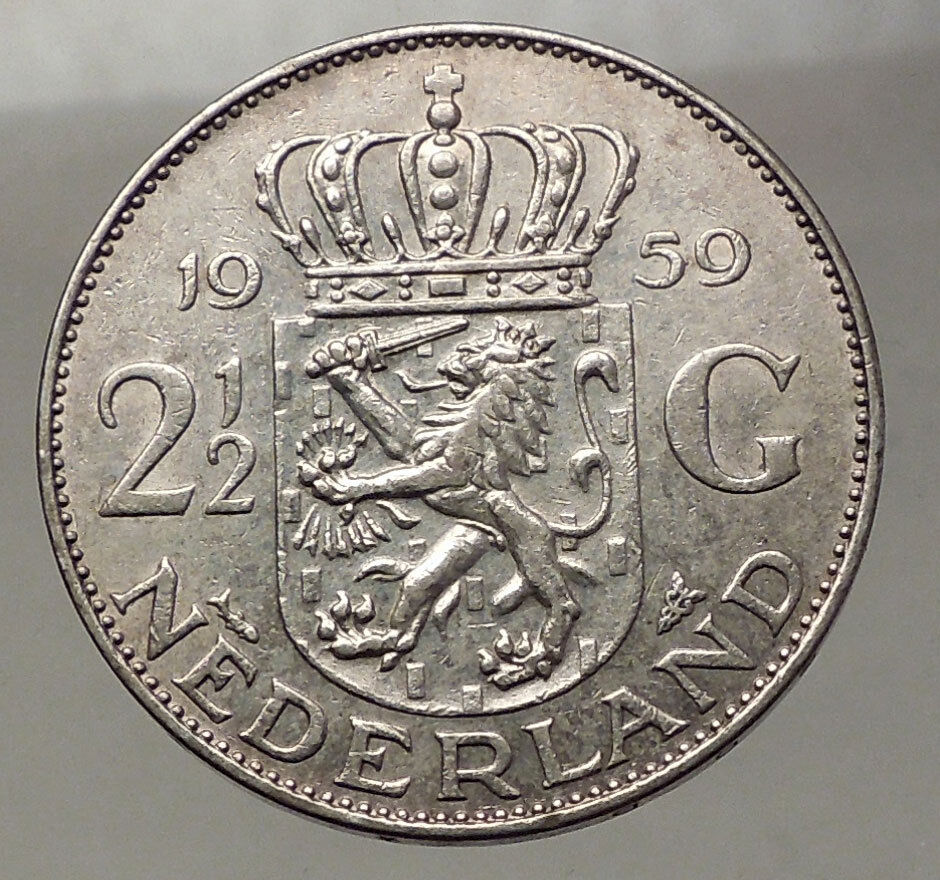|
Netherlands – Maastricht Treaty – Fantasy Issue
1993 Proof-like Silver 10 Ecu Gulden 38mm (25.00 grams) 0.925 Silver Reference: X# 70a | Engraver: Willem Vis
Certification: NGC PL 69 ULTRA CAMEO 2854690-008
DE NEDER LANDEN 10 ECU 19 93, Rays and drapes within starred banner around.
MAAS E TRICHT 1993, Intricate drapery.
You are bidding on the exact item pictured, provided with a Certificate of Authenticity and Lifetime Guarantee of Authenticity.
_(cropped).JPG/230px-GER_—_BY_—_Regensburg_-_Donaumarkt_1_(Museum_der_Bayerischen_Geschichte;_Vertrag_von_Maastricht)_(cropped).JPG) The Maastricht Treaty, concluded in 1992 between the 12 member states of the European Communities, is the foundation treaty of the European Union (EU). Formally the Treaty on European Union, it announced “a new stage in the process of European integration” chiefly in provisions for a shared European citizenship, for the eventual introduction of a single currency, and (with less precision) for common foreign and security policies. Although these were widely seen to presage a “federal Europe”, the focus of constitutional debate shifted to the later 2007 Treaty of Lisbon. In the wake of the Eurozone debt crisis unfolding from 2009, the most enduring reference to the Maastricht Treaty has been to the rules of compliance – the “Maastricht criteria” – for the currency union. The Maastricht Treaty, concluded in 1992 between the 12 member states of the European Communities, is the foundation treaty of the European Union (EU). Formally the Treaty on European Union, it announced “a new stage in the process of European integration” chiefly in provisions for a shared European citizenship, for the eventual introduction of a single currency, and (with less precision) for common foreign and security policies. Although these were widely seen to presage a “federal Europe”, the focus of constitutional debate shifted to the later 2007 Treaty of Lisbon. In the wake of the Eurozone debt crisis unfolding from 2009, the most enduring reference to the Maastricht Treaty has been to the rules of compliance – the “Maastricht criteria” – for the currency union.
Against the background of the end of the Cold War and the re-unification of Germany, and in anticipation of accelerated globalisation, the treaty negotiated tensions between member states seeking deeper integration and those wishing to retain greater national control. The resulting compromise faced what was to be the first in a series of EU treaty ratification crises.
.svg/220px-Kingdom_of_the_Netherlands_(orthographic_projection).svg.png)
The Kingdom of the Netherlands, commonly known as the Netherlands, is a sovereign state and constitutional monarchy with territory in western Europe and in the Caribbean.
  The four parts of the Kingdom – Aruba, Curaçao, Sint Maarten and the Netherlands – are constituent countries (landen in Dutch) and participate on a basis of equality as partners in the Kingdom. In practice, however, most of the Kingdom affairs are administered by the Netherlands – which comprises roughly 98% of the Kingdom’s land area and population – on behalf of the entire Kingdom. Consequently, the countries of Aruba, Curaçao, and Sint Maarten are dependent on the Netherlands for matters like foreign policy and defence, although they are autonomous to a certain degree with their own parliaments. The four parts of the Kingdom – Aruba, Curaçao, Sint Maarten and the Netherlands – are constituent countries (landen in Dutch) and participate on a basis of equality as partners in the Kingdom. In practice, however, most of the Kingdom affairs are administered by the Netherlands – which comprises roughly 98% of the Kingdom’s land area and population – on behalf of the entire Kingdom. Consequently, the countries of Aruba, Curaçao, and Sint Maarten are dependent on the Netherlands for matters like foreign policy and defence, although they are autonomous to a certain degree with their own parliaments.
The vast majority in land area of the constituent country of the Netherlands (as well as the Kingdom) is located in Europe, with the exception of the Caribbean Netherlands: its three special municipalities (Bonaire, Saba, and Sint Eustatius) that are located in the Caribbean. The constituent countries of Aruba, Curaçao, and Sint Maarten are located in the Caribbean as well.
|









_(cropped).JPG/230px-GER_—_BY_—_Regensburg_-_Donaumarkt_1_(Museum_der_Bayerischen_Geschichte;_Vertrag_von_Maastricht)_(cropped).JPG) The Maastricht Treaty, concluded in 1992 between the 12 member states of the European Communities, is the foundation treaty of the European Union (EU). Formally the Treaty on European Union, it announced “a new stage in the process of European integration” chiefly in provisions for a shared European citizenship, for the eventual introduction of a single currency, and (with less precision) for common foreign and security policies. Although these were widely seen to presage a “federal Europe”, the focus of constitutional debate shifted to the later 2007 Treaty of Lisbon. In the wake of the Eurozone debt crisis unfolding from 2009, the most enduring reference to the Maastricht Treaty has been to the rules of compliance – the “Maastricht criteria” – for the currency union.
The Maastricht Treaty, concluded in 1992 between the 12 member states of the European Communities, is the foundation treaty of the European Union (EU). Formally the Treaty on European Union, it announced “a new stage in the process of European integration” chiefly in provisions for a shared European citizenship, for the eventual introduction of a single currency, and (with less precision) for common foreign and security policies. Although these were widely seen to presage a “federal Europe”, the focus of constitutional debate shifted to the later 2007 Treaty of Lisbon. In the wake of the Eurozone debt crisis unfolding from 2009, the most enduring reference to the Maastricht Treaty has been to the rules of compliance – the “Maastricht criteria” – for the currency union..svg/220px-Kingdom_of_the_Netherlands_(orthographic_projection).svg.png)

 The four parts of the Kingdom – Aruba, Curaçao, Sint Maarten and the Netherlands – are constituent countries (landen in Dutch) and participate on a basis of equality as partners in the Kingdom. In practice, however, most of the Kingdom affairs are administered by the Netherlands – which comprises roughly 98% of the Kingdom’s land area and population – on behalf of the entire Kingdom. Consequently, the countries of Aruba, Curaçao, and Sint Maarten are dependent on the Netherlands for matters like foreign policy and defence, although they are autonomous to a certain degree with their own parliaments.
The four parts of the Kingdom – Aruba, Curaçao, Sint Maarten and the Netherlands – are constituent countries (landen in Dutch) and participate on a basis of equality as partners in the Kingdom. In practice, however, most of the Kingdom affairs are administered by the Netherlands – which comprises roughly 98% of the Kingdom’s land area and population – on behalf of the entire Kingdom. Consequently, the countries of Aruba, Curaçao, and Sint Maarten are dependent on the Netherlands for matters like foreign policy and defence, although they are autonomous to a certain degree with their own parliaments.




